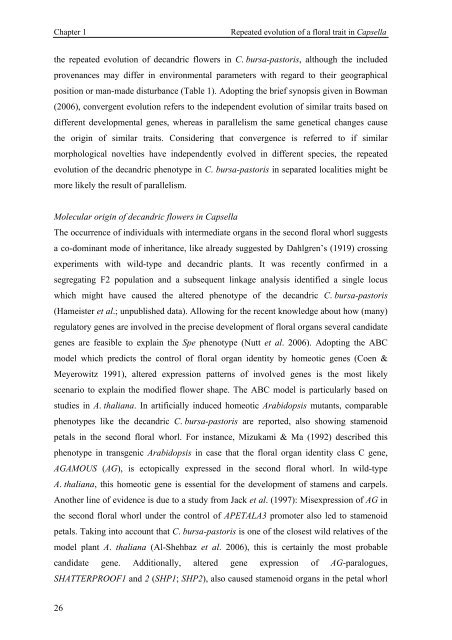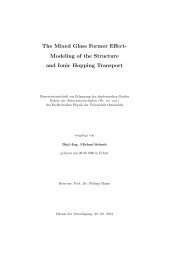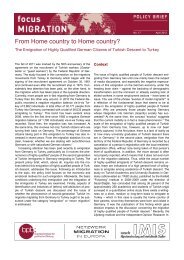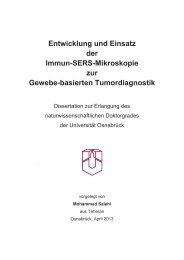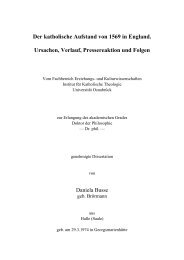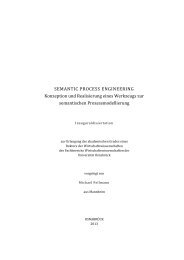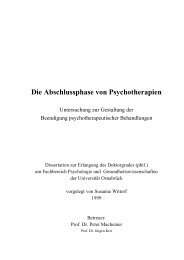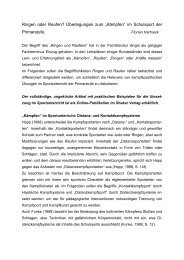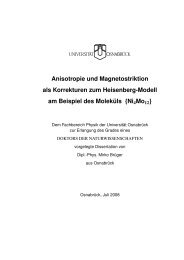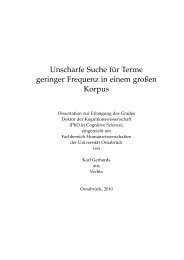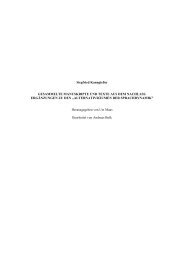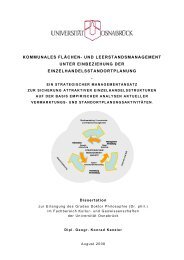'STAMENOID PETALS' IN A NATURAL HOMEOTIC VARIANT OF
'STAMENOID PETALS' IN A NATURAL HOMEOTIC VARIANT OF
'STAMENOID PETALS' IN A NATURAL HOMEOTIC VARIANT OF
You also want an ePaper? Increase the reach of your titles
YUMPU automatically turns print PDFs into web optimized ePapers that Google loves.
Chapter 1 Repeated evolution of a floral trait in Capsella<br />
the repeated evolution of decandric flowers in C. bursa-pastoris, although the included<br />
provenances may differ in environmental parameters with regard to their geographical<br />
position or man-made disturbance (Table 1). Adopting the brief synopsis given in Bowman<br />
(2006), convergent evolution refers to the independent evolution of similar traits based on<br />
different developmental genes, whereas in parallelism the same genetical changes cause<br />
the origin of similar traits. Considering that convergence is referred to if similar<br />
morphological novelties have independently evolved in different species, the repeated<br />
evolution of the decandric phenotype in C. bursa-pastoris in separated localities might be<br />
more likely the result of parallelism.<br />
Molecular origin of decandric flowers in Capsella<br />
The occurrence of individuals with intermediate organs in the second floral whorl suggests<br />
a co-dominant mode of inheritance, like already suggested by Dahlgren’s (1919) crossing<br />
experiments with wild-type and decandric plants. It was recently confirmed in a<br />
segregating F2 population and a subsequent linkage analysis identified a single locus<br />
which might have caused the altered phenotype of the decandric C. bursa-pastoris<br />
(Hameister et al.; unpublished data). Allowing for the recent knowledge about how (many)<br />
regulatory genes are involved in the precise development of floral organs several candidate<br />
genes are feasible to explain the Spe phenotype (Nutt et al. 2006). Adopting the ABC<br />
model which predicts the control of floral organ identity by homeotic genes (Coen &<br />
Meyerowitz 1991), altered expression patterns of involved genes is the most likely<br />
scenario to explain the modified flower shape. The ABC model is particularly based on<br />
studies in A. thaliana. In artificially induced homeotic Arabidopsis mutants, comparable<br />
phenotypes like the decandric C. bursa-pastoris are reported, also showing stamenoid<br />
petals in the second floral whorl. For instance, Mizukami & Ma (1992) described this<br />
phenotype in transgenic Arabidopsis in case that the floral organ identity class C gene,<br />
AGAMOUS (AG), is ectopically expressed in the second floral whorl. In wild-type<br />
A. thaliana, this homeotic gene is essential for the development of stamens and carpels.<br />
Another line of evidence is due to a study from Jack et al. (1997): Misexpression of AG in<br />
the second floral whorl under the control of APETALA3 promoter also led to stamenoid<br />
petals. Taking into account that C. bursa-pastoris is one of the closest wild relatives of the<br />
model plant A. thaliana (Al-Shehbaz et al. 2006), this is certainly the most probable<br />
candidate gene. Additionally, altered gene expression of AG-paralogues,<br />
SHATTERPRO<strong>OF</strong>1 and 2 (SHP1; SHP2), also caused stamenoid organs in the petal whorl<br />
26


